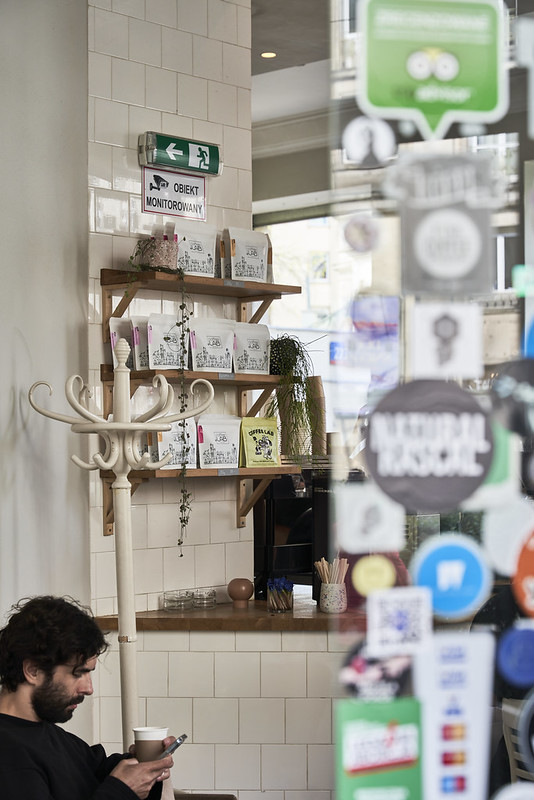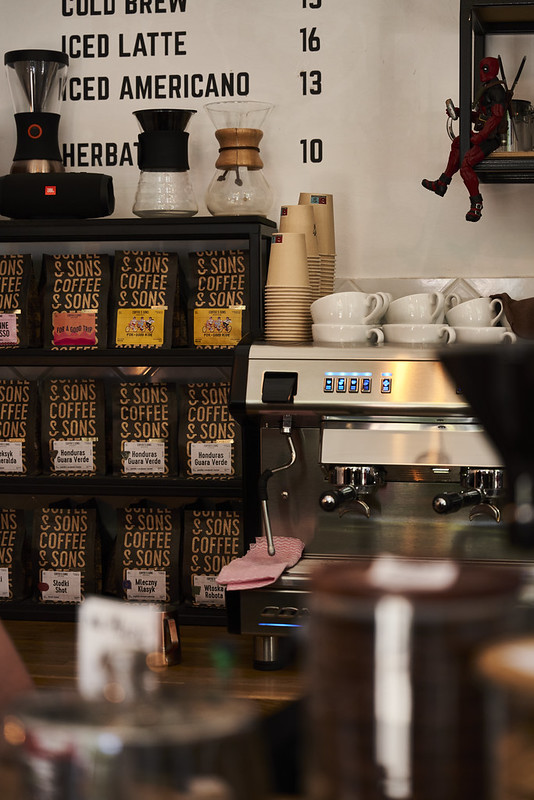It’s time for a history lesson. Today’s subject: three waves of coffee. The article describes the beginnings and the development of coffee culture over the years. Grab your notebooks and let’s begin!
The ‘third wave’ is a term that every coffee enthusiast will come across sooner or later and yet many people may not understand it. So, what does it mean?
To put it simply, the coffee ‘waves’ are periods of time with characteristic industry practices or trends followed by coffee lovers. It’s somewhat similar to historical or art periods. For the first time the term ‘wave’ in relation to coffee was used in the USA, of course


Let’s Start at the Beginning: The First Wave of Coffee
It’s around 1850s, coffee is a luxury product exclusively for the elites. After many years big companies want to make coffee more accessible and turn the luxury product into one that is widely available and easy to make. Such brands as Folgers or Nescafé launch instant and ground coffees. In addition, they produce innovative vacuum packages which are to extend the freshness of coffee. At the beginning of the 19th century coffee is already a mass product, available at every house and every store.
Starbucks: The Second Wave of Coffee
The second wave tried to restore the quality, freshness and diversity of coffee which had become a mass product. I suppose that Starbucks, a popular coffee chain, needs no introduction. However, not many people know that they are the ones who took us into the second wave of coffee. The company started to operate in 1971 in Seattle. In line with the aggressive growth strategy of its CEO, Howard Schultz, in a couple of years they were opening a few new cafés each day all over the country, and today the corporation owns tens of thousands of coffee shops all over the world. There’s even a joke referring to the pace and size of new openings: ‘Last week a new Starbucks opened inside an old Starbucks!’


This made Howard Schultz the father of the second part of that wave (let’s call it ‘the corporate one’). In addition to a clever approach to the product, Starbucks skilfully and timely created a new channel for promotion. Over the years their coffee shops have become not only the spot to ‘pop in’ for a coffee but also the ‘third place’ that combined two old values: home and office. People are spending more and more time in cafés (also working and having business meetings), and so the image of a person with a laptop and a cup of coffee has become a sign of today’s café.
To sum up, the second wave are the initial attempts at stepping away from the mass product and looking for a better quality coffee that was supposed to reveal itself in chain coffee shops. Starbucks has promoted a certain image of a café, proving the consumers that they can get a well prepared coffee in a place other than just home.

Where Is the Coffee Industry Heading? The Third Wave.
The term ‘third wave’ came up around 2000 and is now interpreted in a myriad of ways, every time highlighting the product quality and knowledge. There are no borders and strict qualifications. We are still in the third wave, which makes it even harder to define exactly what it is. Most probably the precise definition will form only after another big milestone in the industry. Nowadays, we certainly see coffee as a product with its own ‘face’ and character, not an element of mass consumption. We appreciate small roasters, micro-lots, direct contact with the producer, and care of natural and social environment of the coffee growing regions. This wave also focuses on the barista, the job which has evolved from ‘simply’ serving a beverage to professional coffee brewing. Other achievements of the third wave are coffee culture, specialty cafés, coffee cocktails or latte art.


When Will There Be the Fourth Wave?
Honestly, I don’t know. I think that for now any revolutionary changes in the industry are still far away. You can occasionally hear that the fourth wave has already come. Of course, there is no critical date or invention that would mark the transition from one wave to another one. It means that everyone can have a different perspective on it. I think that talking about the fourth wave is premature though, and there’s still a long way to get there. We need to consider the overall changes happening in the industry, not just in a selected country. There are places where the third wave is only just beginning and nobody is thinking about revolutionary changes. It’s also worth noting that if the fourth wave had already come, we wouldn’t be asking such questions – we would definitely know it’s here.

The fourth wave may manifest through coffee pod machines with specialty coffee, incredible quality of instant or ground coffee, more full-service cafés that serve wine and meals and other… anyway, a huge technological change will definitely take place. My dream is that, regardless of technological advancement, barista remains the key figure in this business. That’s my wish for all coffee enthusiasts. We’ll see what the future brings.





